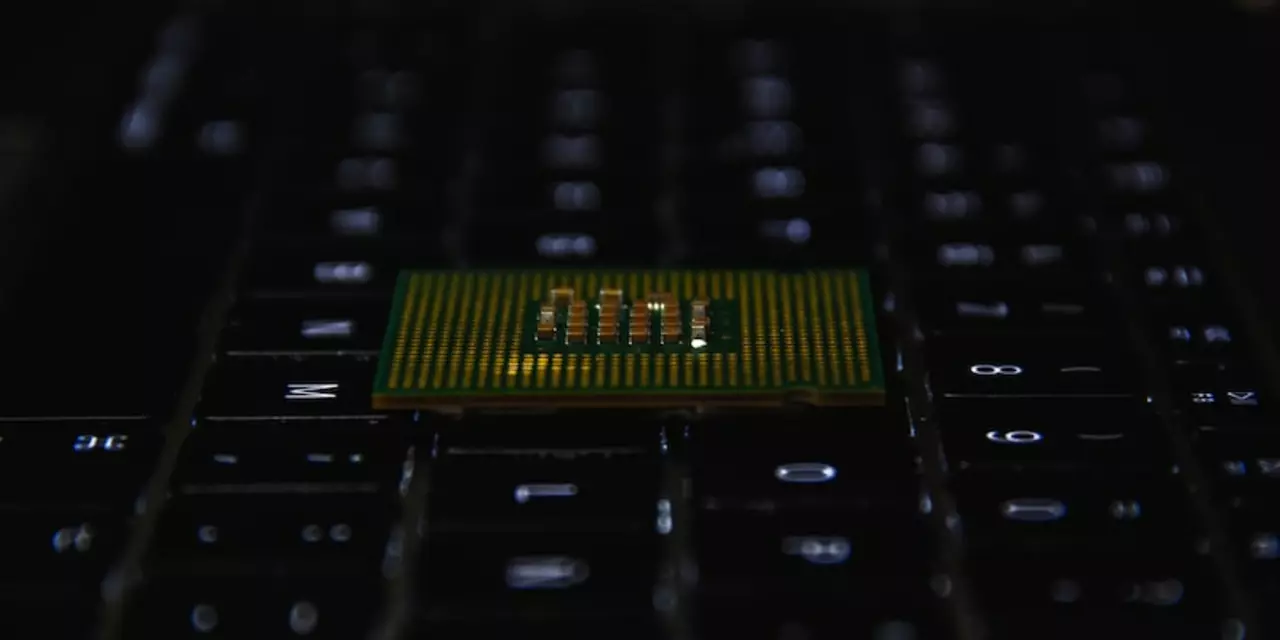Quantum Computing Education: Your First Steps
Ever wondered why everybody talks about quantum computers like they’re magic? The truth is, they’re just a new kind of computer that follows the rules of quantum physics. If you’re curious but feel stuck, you’re not alone. The good news? You don’t need a PhD to get the basics. This guide will break down the most confusing parts and give you a clear path to start learning.
Why quantum computing feels hard
First off, the word “quantum” itself screams complexity. Classical computers use bits – tiny switches that are either 0 or 1. Quantum computers use qubits, which can be 0, 1, or both at the same time thanks to a property called superposition. Add entanglement, where qubits link together in ways that defy everyday logic, and you’ve got a system that’s mathematically rich and unintuitive.
Most beginners stumble because they try to jump straight into the heavy math. In reality, you can grasp the core ideas with simple analogies. Think of a coin spinning in the air – while it’s in motion, it isn’t just heads or tails; it’s in a fuzzy state that only settles when you catch it. That’s superposition in a nutshell. Entanglement is like two coins that always land on the same side, no matter how far apart they are.
Another hurdle is the specialized hardware. Real quantum computers need ultra‑cold environments and precise lasers, which sounds like sci‑fi gear. While you won’t build a machine at home, you can experiment with simulators that run on ordinary laptops. These tools let you test quantum algorithms without the expensive lab setup.
Practical steps to learn
1. Start with a visual intro. YouTube channels such as “Quantum Bits” or free courses on platforms like Coursera break down superposition and entanglement with graphics. Spend 15‑20 minutes a day watching a short video; the concepts click faster than reading dense textbooks.
2. Play with an online simulator. IBM’s Quantum Experience offers a drag‑and‑drop circuit builder. Create a simple circuit, hit run, and see the probability results instantly. Watching qubits behave in real time reinforces the theory you just watched.
3. Learn the language. Quantum computing uses a handful of key terms: qubit, superposition, entanglement, decoherence, and gate. Write each definition in your own words and add a quick sketch. When you can explain a term to a friend, you’ve truly understood it.
4. Try a beginner’s tutorial. Guides like “Quantum Computing for the Curious” walk you through building a basic algorithm – the quantum version of a coin flip. Follow the steps, copy the code, and tweak one line to see how the outcome changes. Hands‑on practice beats passive reading every time.
5. Join a community. Forums such as Stack Exchange’s quantum computing tag or Reddit’s r/QuantumComputing are full of newbies and experts. Posting a question about why a particular gate behaves a certain way often yields simple, jargon‑free answers.
6. Set a mini‑goal. Instead of aiming to “master quantum computing,” aim to understand one algorithm, like Grover’s search, within a week. Small wins keep motivation high and make the learning curve feel manageable.
Remember, the journey is about building intuition first, then polishing it with deeper math later. By mixing videos, interactive tools, and community help, you’ll turn that “hard to understand” feeling into a clear, practical skill set.
Ready to give it a try? Open a browser, sign up for a free quantum simulator, and run your first single‑qubit circuit. The quantum world is waiting, and with these steps you’re already on the right track.
Why is it difficult to understand quantum computing?
Quantum computing is a revolutionary new form of computing that is based on the principles of quantum mechanics. The fundamental difference between classical computing and quantum computing is that classical computing is based on bits which are either 0 or 1 whereas quantum computing is based on quantum bits, or qubits, which can be in multiple states simultaneously. This makes quantum computing incredibly powerful and efficient, but also incredibly difficult to understand and implement. This is due to the fact that quantum computing relies on complex mathematical equations and algorithms to work, and it requires a deep understanding of quantum mechanics and physics. Additionally, developing a quantum computer requires specialised hardware that is expensive and difficult to build. This makes quantum computing a difficult and complex field of research, but also a highly rewarding one.
